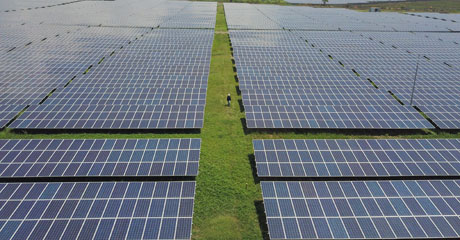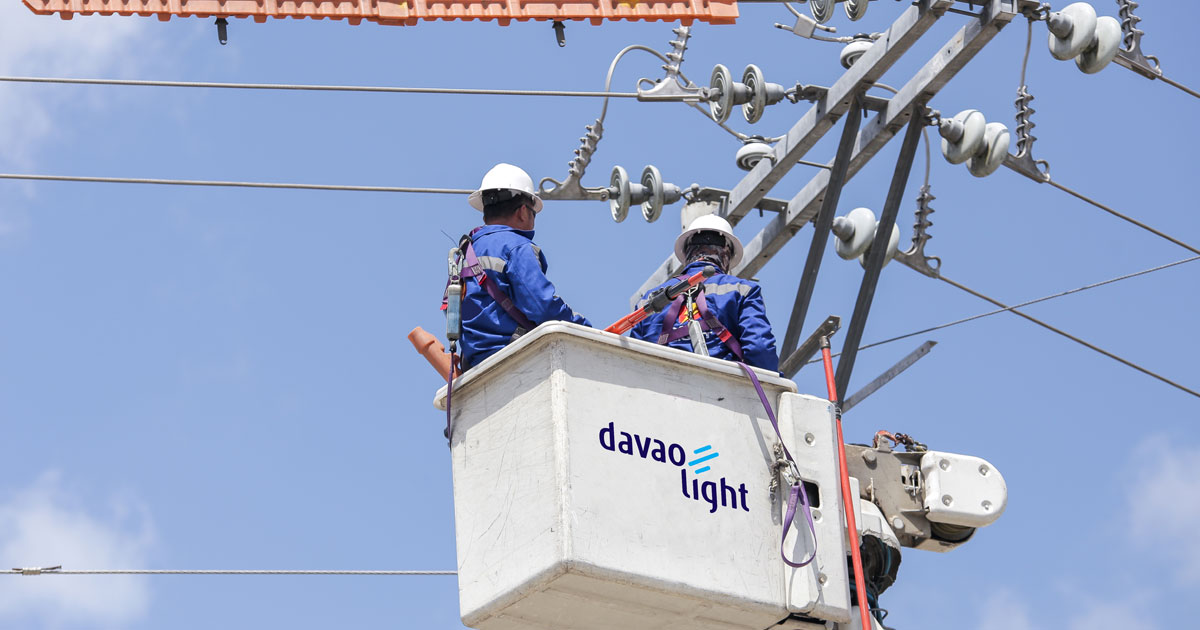Who We Are
AboitizPower is the Philippines’ leading provider of renewable energy, advancing business and communities towards A Better Future.

AboitizPower is the Philippines’ leading provider of renewable energy, advancing business and communities towards A Better Future.

AboitizPower champions sustainability initiatives and ventures that help make the world a better place not only for people living today but for generations to come.

AboitizPower upholds the highest ethical standards, safeguarding the integrity of our initiatives and developments as a business enterprise and a partner for environmental protection.

View our shareholder relations and investment reports and find out how we prioritize addressing the triple bottom line of people, planet, and profit.

Stay updated on the latest stories and developments about AboitizPower.

A Better Future and career await you at AboitizPower. Browse through our job vacancies and join our ever-growing family today!
June 18, 2015
Aboitiz Power Corporation (“AboitizPower”) reported a 10% YoY decrease in its consolidated net income from P18.
6B in 2013 to P16.
7B in 2014. This translated to earnings per share of P2.
27. Adjusting for these one-offs, the Company’s core net income for 2014 amounted to P16.
8B, down by 16% YoY.
On a full-year basis, the generation business accounted for 81% of earnings contributions from AboitizPower’s business segments, recording an income share of P13.
5B for 2014, down 11% YoY. The decline is attributed to the full-year impact of the implementation of the Geothermal Resource Supply Contract of the Tiwi-Makban plants, limited operations of Magat plant due to low water levels, and the expiration of the Pagbilao and Magat plants’ income tax holiday during the year.
The large hydros also were adversely impacted by lower average prices for both its spot and ancillary sales. Netting out one-off items, AboitizPower’s generation business generated P13.
6B for the period, which was 21% lower than last year.
The Company is targeting the full commissioning of its 14 MW Sabangan hydro plant and 260 MW (net) Davao coal plant around the first half of 2015. Combined with the 40 MW strip from Unified Leyte that was awarded earlier by PSALM to a subsidiary of AboitizPower, the Company’s net attributable sellable capacity will increase by 14% from 2,210 MW to 2,524 MW in 2015.
“We see ourselves as an integral partner in nation building, which is why we are consistently increasing our capacity and exploring new sources of energy,” said AboitizPower Chief Executive Officer Erramon Aboitiz. “We will continue to pursue development and other suitable opportunities both nationally and abroad.
We will do this by leveraging on our expertise to maximize local opportunities and expand overseas via strategic partnerships,” he added.
The power distribution group’s earnings share for 2014 remained flat from a year ago at P3.
2B. This is equivalent to 19% of earnings contributions from AboitizPower’s business segments.
Total attributable electricity sales increased by 10% YoY, from 4,076 GWh to 4,480 GWh as energy sales to industrial customers grew by 15% YoY. The acquisition of Lima Utilities lastJune 2014 also provided a modest contribution to the improvement in sales.
On the other hand, the group’s gross margin on a per kwh basis in 2014 decreased to P1.
71 from P1.
77 a year ago. The unfavorable variance was brought about by the higher direct costs incurred by Davao Light and Cotabato Light due to the running of their embedded plants to cover for the energy shortfall in the Mindanao grid.
“Our vision is to operate an electric distribution network that optimizes the latest technology to improve reliability, flexibility and efficiency in the delivery of electric service to and for the benefit of our customers,” said Aboitiz.
On the subject of the looming energy shortfall, he added that “AboitizPower believes the ILP will not only turn out to be a very cost effective way in addressing the projected power deficit this year, but will more importantly serve as a permanent reserve we can tap in the future. We have seen it work successfully in our business units in Cebu and Davao.
”AboitizPower, along with its partners also remains committed to increase capacity by 2,000 MW in the next five years.
The expansion includes the 420 MW Pagbilao baseload plant in Quezon which began construction late last year and the 340 MW Therma Visayas baseload plant in Cebu to break ground within the year.
Another 300 MW will come from Therma South, which will start operations in the first half of 2015, to provide much needed power to the Mindanao grid, while its unit three expansion of 170 MW will also begin construction within the year.
The 68 MW Manolo Fortich hydropower plant in Bukidnon will also start construction within the year, while the 600 MW Subic baseload plant has only recently overcome its Writ of Kalikasan case.
AboitizPower has also recently forged a partnership with American company SunEdison, to build solar power plants in the country, and has identified roughly 200 MW of potential run of river power projects located across the archipelago for the next five years.

As one of the Philippines’ largest power producers, we help fill the nation’s growing energy needs by providing secure and affordable access to sustainable power across the country.
Learn more about our businesses
AboitizPower champions sustainability initiatives and ventures that help make the world a better place not only for people living today but for generations to come.
View our sustainability initiatives
View our shareholder relations and investment reports and find out how we prioritize addressing the triple bottom line of people, planet, and profit.
Visit our investor relationsWe use cookies to personalize content and ads, which enables us to analyze our traffic.
If you continue
to use this website, you consent to the use of our cookies.
Find out more here.